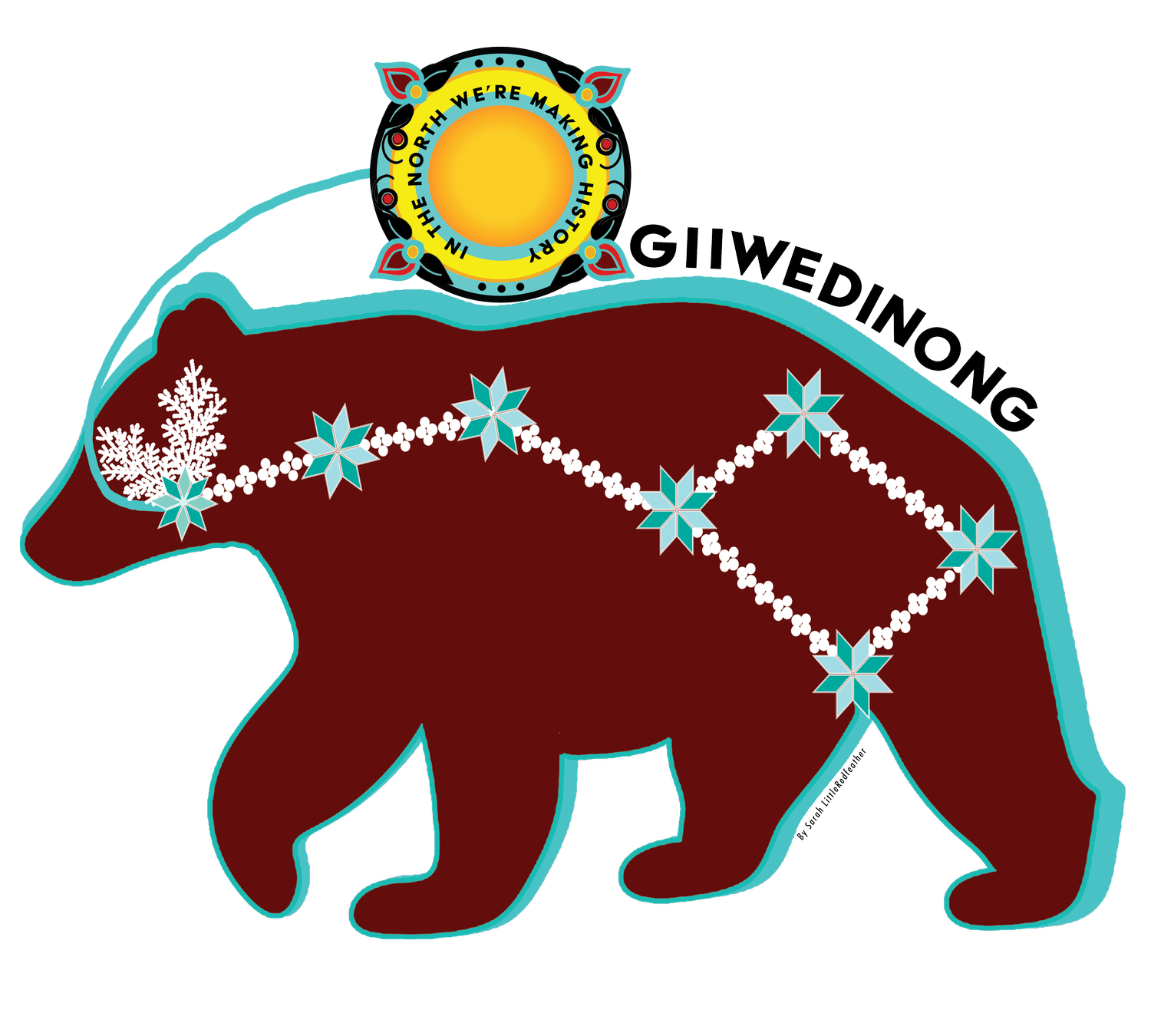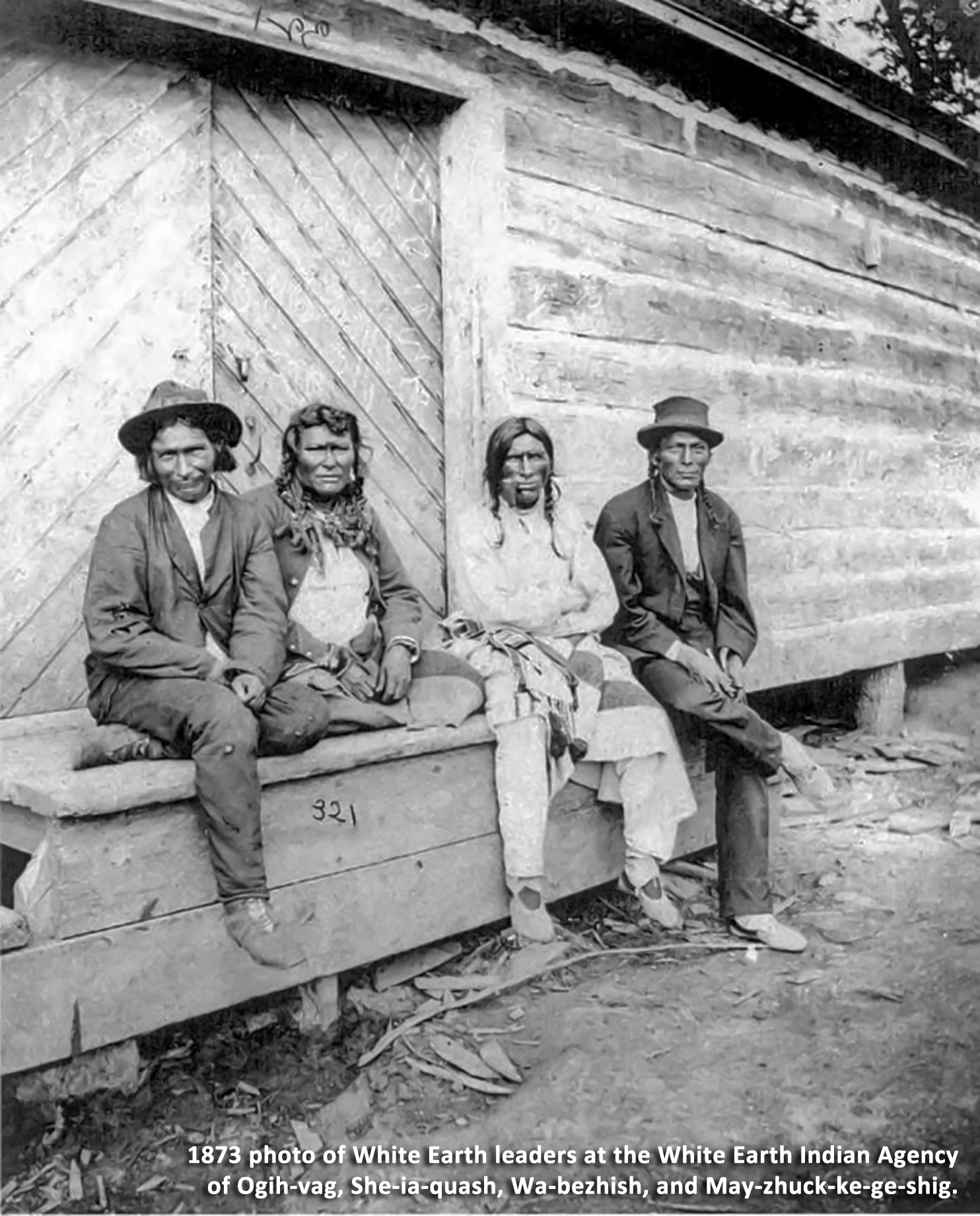
HISTORY
Our Stories of the Anishinaabe, Treaties and Nations
Living with knowledge about the Treaties is more beneficial than not knowing them at all. One of the first steps toward healing is to learn about previous generations, and generations to come.
by Winona LaDuke, writer, economist, and tribal member on Minnesota’s White Earth Reservation.
Winona is also founder and co-curator of the Giiwedinong Museum.
HISTORY & TREATIES
These are stories of our past, present, and future.
Shagobay, a Great Chief of the Anishinaabe
Shagobay, a Great Chief of the Anishinaabe
Born along a St. Croix River tributary, Shagobay lived a long life, saw much change, and was part of many historic events.
First Draft of the Constitution
You’re Looking at the First Draft of the Constitution
When the Founding Fathers of the United States began the work of creating a new country, they sought to be free from tyranny, monarchy, and oppression. To do so, they looked to the teachings of Native people.
On September 16, 1987, The Senate recognized the influence of the Haudenosaunee (Iroquois) Confederacy on the construction of the Constitution in a resolution.
Nations should honor agreements
The 1867 treaty was intended to provide a secure homeland for the Anishinaabe people forever. The treaty was signed by our leaders and by President Andrew Johnson. Agreements should be honored by nations.
Where the Sky Touches the Earth - A Great Leader
Where the Sky Touches the Earth - A Great Leader by Winona LaDuke.
President’s Day is not really an Indigenous thing. Here’s a different story from Anishinaabe Akiing,the land of the north.
The 1855 Treaty was signed on February 22, of 1855 in Washington D.C. - a day in history






